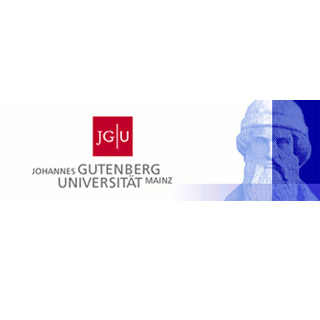
These cells play a significant role in the development of chronic inflammatory illness of the respiratory tract. These findings were initially highlighted by a group led by Dr. Tobias Bopp and Professor Dr. Edgar Schmitt from the Institute for Immunology. Various T perform several tasks in the body’s immune defense. Cells with T helper cells develop cytokines that stimulate the immune defense cells to communicate with each other.
“Until now, only evidence was provided for the existence of Th9 cells and the crucial importance of IL-9 in the pathogenesis of asthma. However, as other cells beside T cells can produce IL-9 the major source of this cytokine was far from being definitive. To enable targeted therapeutic intervention, however, it was necessary to uncover the basic molecular mechanism underlying the development and function of IL-9-producing Th9 cells. Our analyses finally showed that IRF4 – a molecule that plays a key role in the regulation of genes is essential for the development and function of Th9 cells,” remarked Dr. Tobias Bopp and Professor Dr. Edgar Schmitt from the Institute for Immunology.
This may help them develop a synchronized attack on pathogens or tumor cells. If these cells react inefficiently to harmful substances they may lead to diseases. T helper cells can be fragmented into several sub-groups including Th9 cells. These cells were classified into two parts. Initially they were known as interleukin (IL)-9-producing T helper cells by Professor Schmitt, and finally became known as Th9 cells in 2008. It is known that various allergic immune reactions may lead to the development of asthma. Hyper-reactive Th cells seemingly play a crucial role in the expression of this illness.
Professor Dr. Hansjörg Schild, Director of the Institute for Immunology, stresses how important basic research is for the development of new therapeutic strategies remarked, “Asthma has been on the increase for decades in industrial countries. The discovery of Dr. Tobias Bopp and Professor Dr. Edgar Schmitt could provide the first step to improve existing therapeutic treatments but we still have a long and arduous journey ahead. The next step of the research process is to screen substances, among them naturally occurring molecules/agents that suppress the production of IL-9 to develop innovative approaches for the treatment of asthma”.
The research was conducted on mice and the beginning point of the analysis was that the T cells were absent in mice missing an intact IRF4 molecule that do not form into Th9 cells and were therefore incapable of producing vital of IL-9. The IL-9 is accountable for several different asthma symptoms.
Scientific Director of the University Medical Center Mainz, Professor Dr. Reinhard Urban quoted, “Immunological illnesses are playing an ever greater role in our society. It is therefore only logical that the researchers in the University Medical Center should focus on the basic cellular mechanisms and use their results to help improve treatment for patients.”
Researchers further examined as to what extent IRF4 and Th9 cells jointly contribute to development of asthma. This analysis highlights that a failure in Th9 development protects IRF4-deficient mice from asthma. However, transfer of Th9 cells seemingly caused recurrence of asthma symptoms in such mice. They highlighted the importance of Th-subpopulation for the stimulation of asthma.
These findings were published in the scientific journal Immunity.
